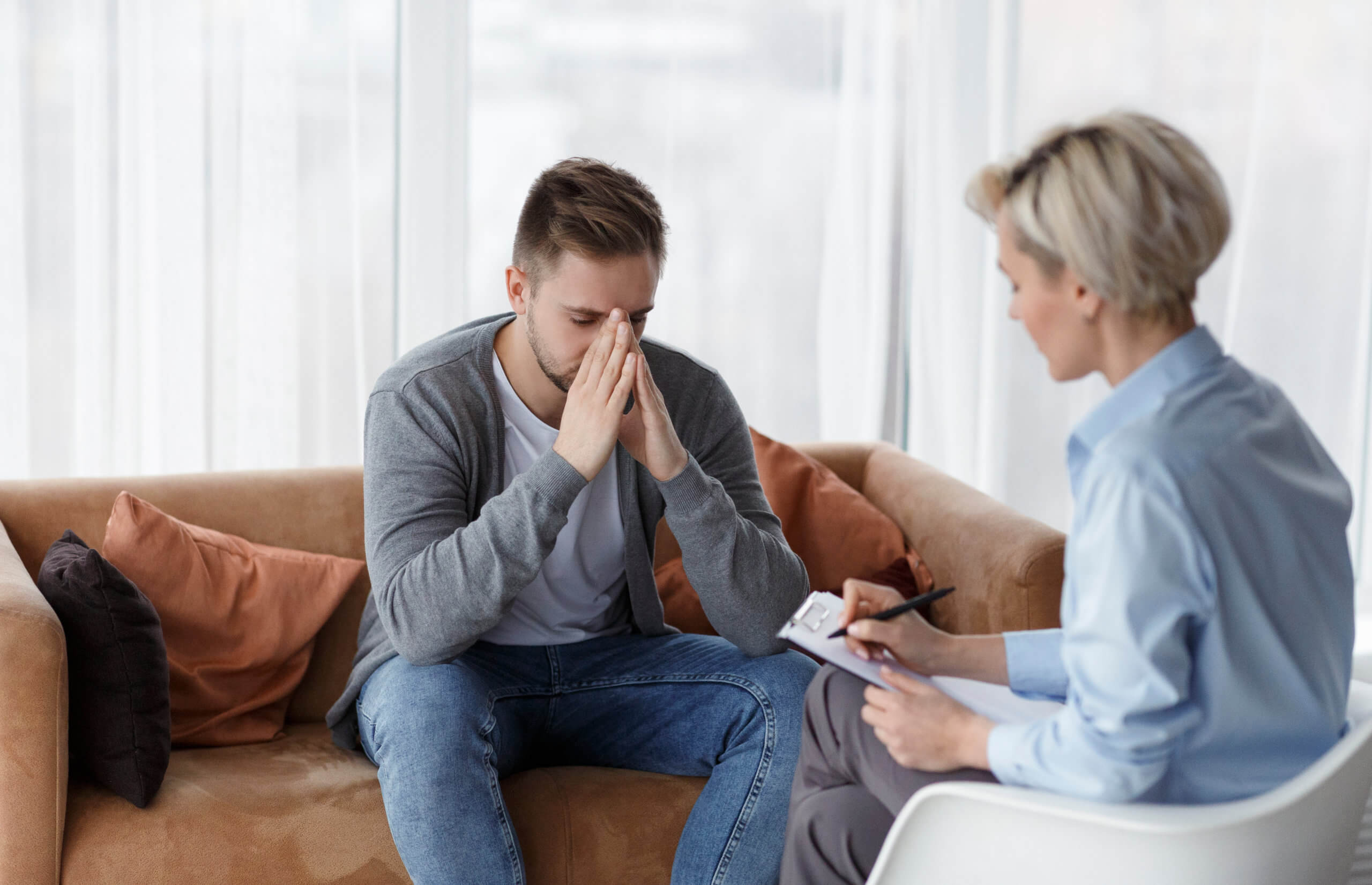The world of drugs has always induced enough curiosity and interest in people, but isn’t it always the artists, young adults, and college students associated with addiction? The idea that you need substances for creating art is perhaps the most disturbing thought. But then again all the artists who lost lives to overdose and addiction in the past hundred years prove otherwise.
“I have absolutely no pleasure in the stimulants in which I sometimes so madly indulge…It has been the desperate attempt to escape from torturing memories, from a sense of insupportable loneliness and a dread of some strange impending doom.” – Edgar Allan Poe
It kind of makes sense, doesn’t it? But we are living in 2022 and addiction does not have to be the end road for anyone, artist or not. But you can only help people struggling with addiction when you know how to identify the signs, what are the challenges you can face, and finally the available treatment alternatives.
Keep reading to find out more on the same.
How To Identify Drug-Seeking Behavior: All The Patterns You Knew Nothing About!
You might be thinking about where your friend disappears after lunch at college. You might be curious but you are not expecting drugs to be the reason, right? But there are so many cases where addicts have managed to evade friends and family for months before anyone actually figured out the problem.
This is exactly why you must know how to spot drug-seeking patterns and behavioral changes. Scroll down to find out now!
Doctor-Shopping:
You know what everyone says, ‘shop till you drop’ but is the same logic applicable in case of medical help as well? If you find anyone close to you shopping for doctors randomly one afternoon, know that it is definitely not a good sign – you need to probe the person and get to the bottom of the situation.
One of the key signs that someone is exhibiting drug-seeking behavior is shopping for doctors. People with such behavioral patterns almost always tend to look for more than one doctor who could help them out with medications, as and when required. If one doctor refuses to help, the other will.
Random Visits To Doctors:
Another sign that someone close to you is exhibiting drug-seeking behavior patterns is how many times they are visiting doctors. You will notice that these visits are random with no plausible explanation behind them. In fact, in many cases, you are bound to notice that the doctor is not always the same.
Moreover, the reasons behind these visits are bound to make things obvious. Is the person almost always asking for pain medications? Is the person mostly complaining about body aches that just don’t go away? All these are signs that perhaps your close one needs inpatient treatment in Phoenix or somewhere similar with great detox facilities.
Far From Home:
If doctor-shopping or multiple random visits to the doctor wasn’t enough, another thing that makes things obvious is how far all the doctors are from the homes of people displaying drug-seeking behavior. No one wants to be identified or get into any sort of trouble, so finding multiple doctors far away seems like a plausible solution.
If you notice anyone close to you frequently visiting multiple doctors located far away from their locality, it is highly possible that something shady is going on. Cases like this naturally need closer inspection before you can be sure about the same. So it’s best you check out all the signs and inspect well before taking any action.
Challenges Associated With Drug-Seeking Behavior: Every Addict’s Generic Story
The thing about seeking drugs is you don’t have to be an addict for doing so – it’s not just addicts who might rush to doctors looking for pain medications. It can also be normal patients dependent on the same medications who have managed to imbibe some similar behavioral patterns over time.
The challenges associated with identifying and treating drug-seeking individuals are several. In this context, Jeff Solheim, president of Emergency Nurses Association said,
“It is incredibly difficult to identify individuals who might be seeking a secondary gain from presenting to the ED with a complaint of pain. That said, the primary goal of alleviating the patient’s pain still remains.”
So how can you evaluate patients considering all the challenges on your path? Here’s how you can evaluate people!
- Confide in a few other adults you can trust and take their help for identifying drug-seeking behavior patterns. If you miss out on any suspicious behavior or inconsistency, you can always check with the other involved adults.
- Figure out a way to obtain a detailed and thorough history of any illness that the person is currently suffering from or have suffered from in the past. If needed, ask as many questions as you can – justifications and clarifications are vital in such cases.
- Whenever you are around this person, don’t forget to check for consistent behavioral patterns. Things like active and passive motion range, point and percussion tenderness, active resistance, posture are all factors that you need to consider in this case.
Treating Drug-Seeking Behavior Patterns: Say Goodbye To All Stigmas
Stigmas around mental health, substance abuse, and other addictions are common, not to mention all the eye-brow raising and doubts around rehabilitation centers. But to be honest, why should rehabs have an embarrassing status? There are three things you can do if you suspect someone close to you is succumbing to addiction habits,
- Intervention
- Therapy
- Rehabilitation Centers
The method you are going to use for helping potential addicts depends on the degree of their addiction. Is the person on the verge of becoming an addict? Then, a friendly intervention or even therapy might work.
But in case the person is already succumbing to addictions repeatedly then in that case, a rehab might be your only solution. However, consulting with medical experts should be your first step in every situation.
Helping People With Drug-Seeking Behaviors: A Social Responsibility
You don’t have to be someone’s friend to help them become clean. You don’t have to be related to them or even know them personally. The number of deaths due to drug overdose in the United States have made things too severe at this point.
It’s not just the government’s responsibility any longer. It also happens to be a social responsibility to help out whoever needs it. So what are you waiting for? Spread awareness and break the stigma, because otherwise there’s no hope for the future.








Add Comment